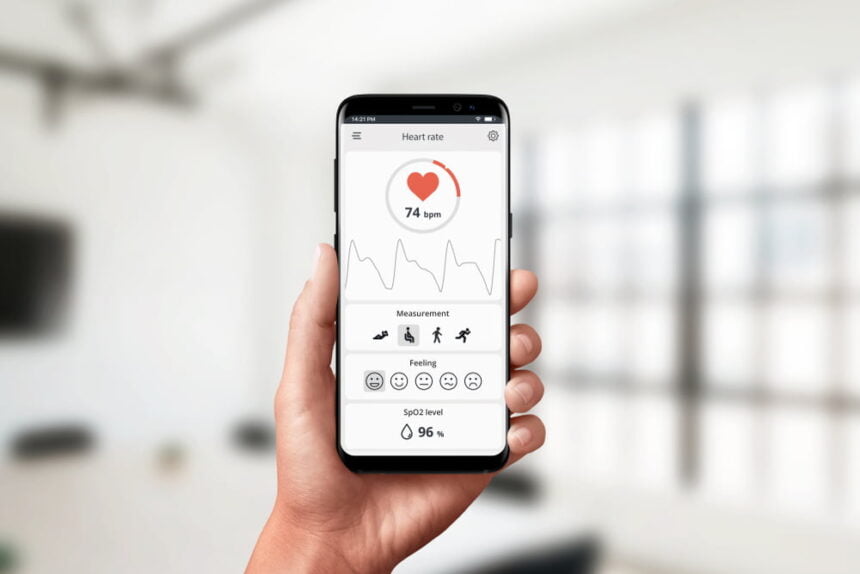Medical care clients have a treatment expectation for their wellness in the same vein as they anticipate adequate care and service from providers in other industries.
The difference, while there’s competition in all industries, it is exceptionally fierce among medical providers. Because of this, more patient access metrics are being incorporated into the medical care systems, with initiatives to focus on improvements in this area.
Medical care leaders have six key access metrics that need assessing for their efficiency and effectiveness and then drive initiatives to improve these areas.
When organizations get a better handle on patient access, it will be evident to their client that the focus and interest of the business are, first and foremost, the patient. That will drive an initiative into positivity for both the patient and the practice.
How To Improve Patient Access Metrics
One of the primary goals in the medical care industry is to be competitive. To stand out as relevant, practices need to focus their time and attention on the patient and the metrics that go into patient access.
Patient access is the client’s interaction with the practice and, eventually, the provider. The metrics are a universal guideline for all facilities to gauge their effectiveness in satisfying the patient and coming out with a competitive edge.
There note to be primarily six metrics that a practice needs to look at when trying to determine its success with implementation. A few deemed most important for the benefit of the patient and to remain competitive in the industry include:
● What composes the provider network?
Clients need to know in simple terms what or who composes the provider network, what is available to them. There is vast and rapid merger activity in medical care, creating “data silos” and making it a challenge for even the providers to understand their own network composition.
For a patient to be able to work within your system efficiently and effectively, they need to know who your providers are and what they do.
That will mean working on a “comprehensive” inventory that will serve as the basis for a successful initiative strategy. The practitioner characteristics that clients look for include
- Specialty/subspecialty – what do they treat/procedure they perform
- Where are they located, and do they accept insurance, if so which
- Availability of appointments
These critical pieces of information allow the patient success when reaching out for medical care. The client doesn’t need to make a million calls to find out what they need to know: it is at their fingertips. Find out the right focused metrics that drive patient registration at https://www.reliasmedia.com/.
● Capacity utilization for the provider
The suggestion is a patient has a 24 day wait on average for an appointment time but that increases for those new to the practice.
That is counterintuitive to achieving improvements in the metric initiatives. The excuse for many offices is that different networks function with a plethora of “electronic medical record systems,” leaving an impossible situation to find provider availability.
Patients can find their provider incessantly overbooked in this landscape, while other clients never have a problem with a provider who always has openings.
Systems can optimize network access when they join a substantial inventory with aggregated scheduling details throughout the entity. Capacity utilization is defined as the booked schedule compared to the overall scheduling time available for patients.
Understanding the density of the practitioner’s schedule and how patients are distributed according to sorts of appointments or locations, plus other variables, is a primary element when understanding access difficulties or potential opportunities.
● Demand Conversion
Cold hard facts that showed up in a study indicated that over 80 percent of medical call centers could not schedule a patient for an appointment with their first call.
That presents the practice with a failed attempt to convert demand into a booking instead of that client looking elsewhere for more organized care.
In assessing access, medical systems need to analyze the number of patients who interact with their practice with any form of communication whether through the call center, online, telephone, etc.) and who progresses forward into booking an appointment.
These rates measure the level of effectiveness when engaging with the client and if needs are being satisfied.
● Growth
Growth within the practice with new patients is another indication of “demand conversion.” A potential new client will often pass from one channel to another before the final booking process.
Many will research the clinic online, and the information you make available needs to be clear and concise but, most importantly, accurate and up to date.
When assessing the metric, the calculation to consider is the overall number of new patients along with the new patient percentage overall compared to all those clients booked.
● Hurry up and wait
When a practice reduces the amount of time that patients need to wait, it can help decrease the likelihood of cancels and no-shows, thus improving demand conversion, outcomes in the clinic, and overall revenue.
Long wait times are inevitable when a provider does not have an accessible and comprehensive network or scheduling details. The actual goal is to ensure patients get care as rapidly and seamlessly as possible.
● Retention of referral
Understandably, network retention is essential within a practice, but that does not mean they always refer to their own networks. One of the primary reasons referrals go out of network is lack of visibility. Those who make the referrals need to be provided a clinical network inventory to keep the referrals from leaving the medical system unwarrantedly.
A health system should be able to consistently monitor referral activity, including looking at the number of referrals inside the network and watching how that number differs over time as changes are implemented.
Final Thought
These metrics can assist a medical care system in measuring patient access as you assess how each impacts the overall care of the client community in your network. Click here for critical metrics used to improve medical care access experiences. These mean to help you see how the access program is impacting your medical care system and where there needs to be and how you can make improvements.
The absolute goal in making an analysis of each of the metrics is to ensure that the average patient is receiving optimum care and in a timely fashion.
To remain a relevant competitor in an industry that is fierce with competition, it’s essential to continually assess where you fall with your access. You do not want to blend in with what everyone else is doing. Ideally, you want to stand out, so the patients convert with you.








